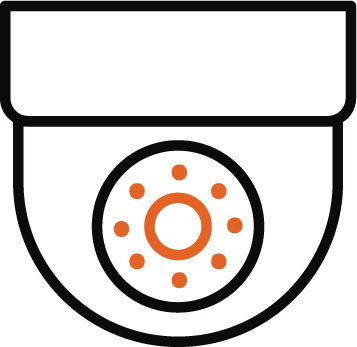The objective is to pinpoint those variables responsible for most of the variability and, in doing so, sift out the informational “noise” and focus on the relationship between the key contributors. This ability to discern patterns and the way in which different variables can influence those patterns makes MVDA an effective tool in the predictive process control toolbox.
Predictive process control is monitoring and adjusting processes based on performance. Model predictive control (MPC) is an optimal control technique in which the calculated control actions minimize a cost function for a constrained, dynamical system over a finite, receding horizon. MVDA uses techniques, such as principal component analysis (PCA), to transform multiple variables into a smaller set of uncorrelated variables (“principal components”). This simplifies the analysis by eliminating redundant or irrelevant variables and makes it easier to identify the complex interrelationships and dependencies that support the process.
Traditional univariate statistical techniques focus on monitoring one quality variable at a time. This makes them unsuitable for analyzing process data where variables show collinear behaviors, such as complex manufacturing processes. MVDA applies primary component analysis and projection to form a new set of latent variables and forge an enhanced understanding of process behavior. If the variables are highly correlated, the process can be defined by a reduced set of latent variables, a linear combination of the original variables.
The benefits of applying MVDA in predictive process control in the life science industry include:
Multivariate data analysis offers the life sciences industry robust tools for handling and interpreting complex data sets. By enabling the integration and analysis of multiple variables simultaneously, MVA enhances research efficiency, improves decision-making, and accelerates advancements in areas such as drug development, genomics, and clinical trials. This ultimately contributes to more effective and personalized healthcare solutions. I see the value and key advantages that MVDA provides over traditional univariate statistical techniques, which focus on monitoring one quality variable at a time and are not robust enough to analyze complex manufacturing processes effectively.
Contact Arcadis to learn more about how MVDA is being used to enhance predictive quality control in life science facilities.












